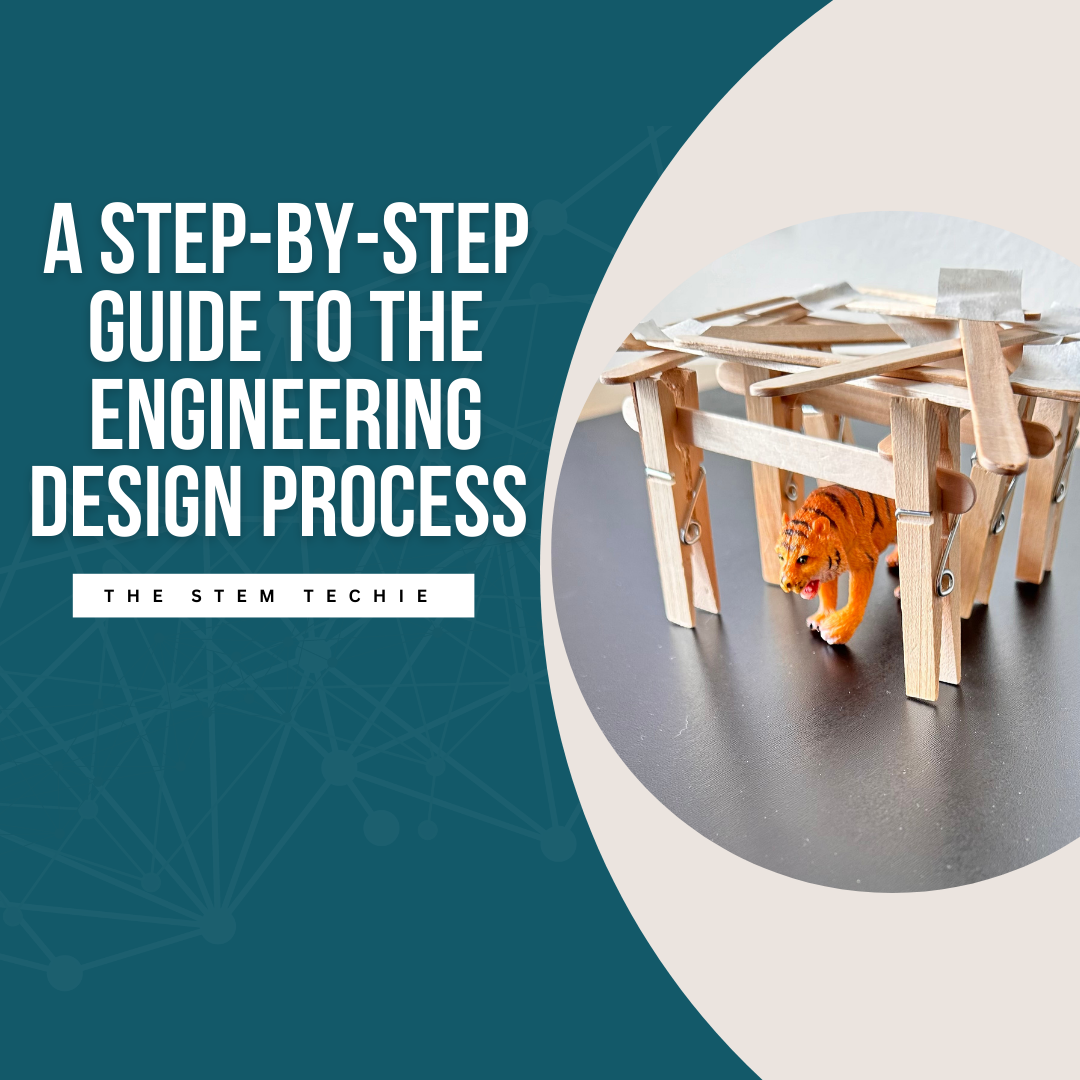
Ignite your child’s passion for learning and discovery with this overview of the Engineering Design Process for elementary learning.
Are you on the hunt for activities that are not just fun but also packed with educational value? You’re in the right place! The Engineering Design Process is like a powerful tool that can boost your child’s creativity and problem-solving skills. Whether you’re a parent or a teacher, this guide will walk you through the steps of the Engineering Design Process and give you some handy tips for bringing it into your classroom or home. By the end, your child will be thinking like a true STEM guru!
What Are The Engineering Design Process Steps?
Think of the Engineering Design Process for elementary learning as a roadmap for solving problems. It’s a step-by-step approach that goes like this:
- Ask: What’s the problem you want to solve?
- Imagine: Let those creative juices flow and brainstorm ideas for solutions.
- Draw: Time to sketch out your brilliant idea—this is your blueprint.
- Create: Now, let’s bring that idea to life by building a prototype.
- Test: Put your prototype to the test. Does it solve the problem?
- Revise: Make tweaks and improvements based on what you learned.
- Share: Show off your final product and tell everyone about the process you followed.

Why Is the Engineering Design Process Important?
This process isn’t just about building cool stuff (though that’s definitely a perk!). It’s about helping kids develop critical thinking, problem-solving, and creativity skills that will serve them well throughout their lives. Plus, it teaches perseverance—because, let’s face it, not every idea works on the first try—and teamwork when they collaborate with others. By getting hands-on with STEM activities, your child will build a solid foundation for success in school and beyond.
Tips for Implementing the Engineering Design Process
- Start small: Begin with simple projects that are appropriate for your child’s age and abilities.
- Encourage creativity: Let kids explore different ideas and solutions.
- Provide feedback: Offer constructive feedback to help kids improve their designs.
- Celebrate success: Recognize and reward your child’s accomplishments.
The Engineering Design Process is a valuable tool for encouraging STEM learning in children. By following these steps and providing opportunities for hands-on experimentation, you can help your child develop essential skills that will help them throughout their lives.
Ready to dive deeper into STEM education? This YouTube video provides a comprehensive overview of the Engineering Design Process. Watch it here now!
Interested in activity ideas using the Engineering Design Process? Follow Dr. Amy on Instagram, TikTok, and YouTube @theSTEMtechie
-Dr. Amy (The STEM Techie)

